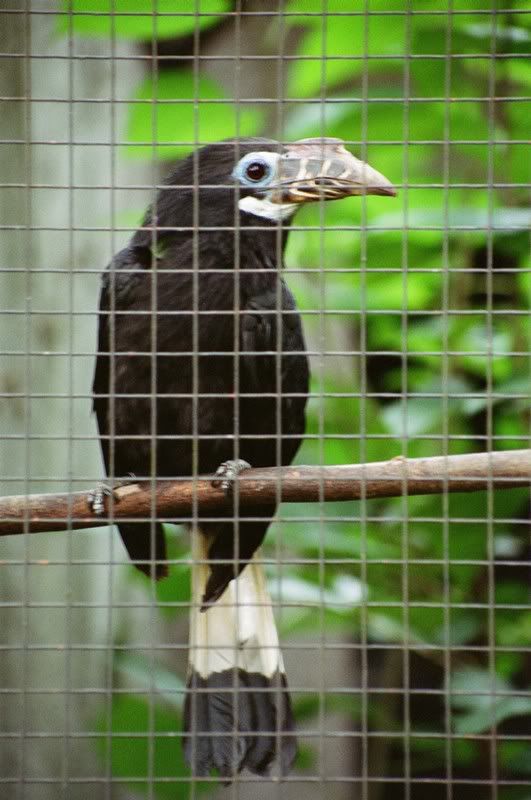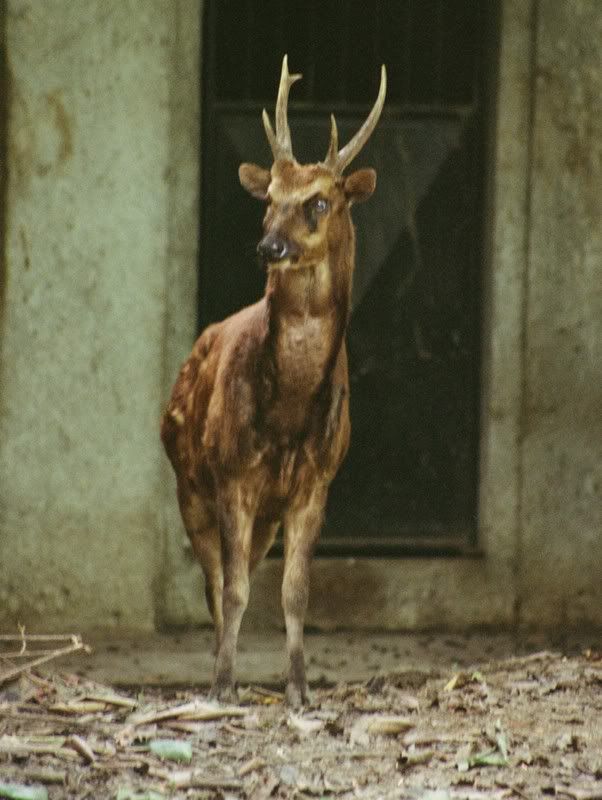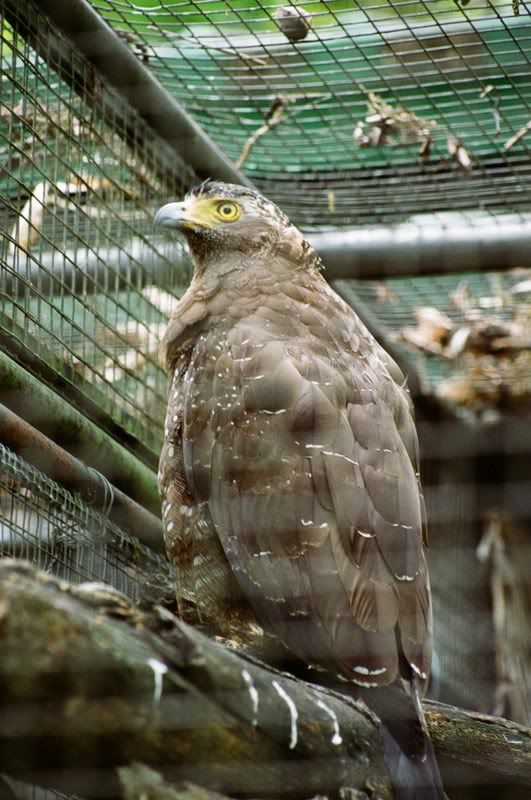The curtailment of some of these animals' freedom has become necessary to preserve their species for a possible re-integration and to elevate the awareness of others in the importance of respecting these creatures, not only for future human generations but to be true to man's mandate of overseeing the rest of creation.
The Negros Forests and Ecological Foundation, Inc. (NFEFI) is one of those many committed non-government organizations in the Philippines dedicated to the preservation and protection of endangered endemic fauna species. This organization started in 1984, organized by a group of concerned citizens.
Since then, NFEFI and teams of volunteers have worked on reforestation projects and establishment of a breeding program for endangered species. In fact, unknown to many Bacoleños the Biodiversity Conservation Center of NFEFI holds three records for being the first animal facility in the Philippines to breed three endemic threatened animals since the Center was established in 1994. Two of them are featured here (indicated by blue text).
Last June 28, together with my friend and high school classmate May Canson, I have revisited the Foundation's enclosure alongside the Lagoon in Bacolod City. This enclosure features the different endemic species under the Foundation's care.
Wildlife Behind Fences and Within Cages
Below are some of the animals under the care and protection of NFEFI. Colored texts are from the information sign boards within the Foundation's enclosure, otherwise they are taken from Wikipedia. Blue text indicates that the animal is bred under captivity. All pictures are taken using 300mm lens to prevent disturbing the animals by taking pictures in close distance.
------------
Visayan Tarictic Hornbill
Local Name: Tularik
Scientific Name: Penelopides panini panini
Conservation Status: Endangered
They are fruigivorous, feeding on fruits but sometimes feed on small insects. They have a vital role in the forest regeneration because they help in pollination and spreading of seeds.

------------
Visayan Warty Pig
Local Name: Baboy Talunon
Scientific Name: Sus cebifrons negrinus
Conservation Status: Critically Endangered
They are considered the most threatened wild pig species in the world.
They are extinct in Cebu, Guimaras and probably Masbate and now found
only on the remaining forest patches of Negros and Panay.

------------
Visayan Spotted Deer
Local Name: Usa
Scientific Name: Cervus alfredi
Conservation Status: Endangered
Spotted deer are herbivores, feeding on flowers, berries, grasses and fruits.
Therefore, they are responsible for seed dispersal and the regeneration of
the plants in the forest.


------------
Philippine Serpent-Eagle
Local Name: Agila
Scientific Name: Spilornis holospilus
This raptor is so called by its name because it feeds on small snakes apart
from lizards and rodents. It is the most conspicuous of all Philippine raptors,
soaring high above forests and forest edges.

------------
Mindanao Writhed Hornbill
Local Name: Kalaw
Scientific Name: Aceros leucocephalus
Conservation Status: Endangered
One of the larger Philippine hornbills found only in Mindanao.
Their biology is similar to that of the Visayan tarictic hornbills.
They are severely threatened because of forest destruction and hunting.

------------
Blue-Naped Parrot
Local Name: Pikoy
Scientific Name: Tanygnathus lucionensis
Conservation Status: Endangered
Found only in the Philippines, this bird is fast declining in numbers because of heavy hunting for pet trade and the destruction of the forests.

------------
Luzon Bleeding-Heart Pigeon
Scientific Name: Gallicolumba luzonica
Conservation Status: Near Threatened
This bird is under threat because it is commonly trapped. Local people use it for meat but its striking appearance means there is also a market for pet trade. These birds are also extremely shy.

------------
Philippine Eagle Owl
Local Name: Kuwago
Scientific Name: Bubo philippensis
Conservation Status: Vulnerable
This species is the largest Philippine owl found only in Luzon, Samar, Leyte, Bohol and Mindanao. It is a nocturnal carnivore that hunts rodents such as rats and mice. The destruction of the forest threatens their numbers. (Pic below is 2eV overexposed)

------------
Visayan Leopard Cat
Local Name: Maral
Scientific Name: Prionailurus bengalensis rabori
Conservation Status: Vulnerable
This cat belongs to a species of wild cats in Southeast Asia. On average it is as large as a domestic cat. It is a solitary animal with the rainforest as its primary habitat. They live close to watercourses and is able to swim. They also climb trees skillfully. They are nocturnal creatures and they spend the day sleeping in their dens where there are no humans. (In fact this cat is so well hidden that I had to creep through the thick foliage outside of its fence to see it and to take a picture.)

Negros Forests and Ecological Foundation, Inc.
NFEFI is located in South Capitol Road, Bacolod City, Negros Occidental. For some reasons, their website has not been properly finished and updated.
www.negrosforests.org
NFEFI also needs contributors and donors to continue its advocacy and programs. For good intents and purposes, they can be emailed at:
negrosforests[at]gmail[dot]com